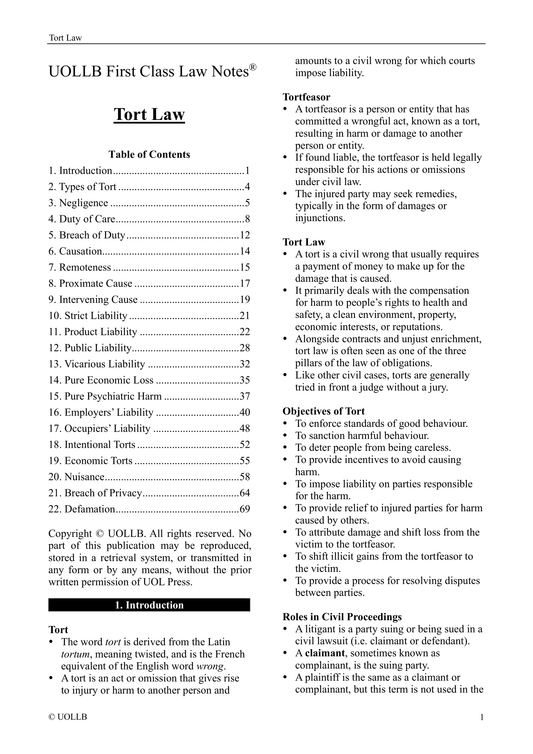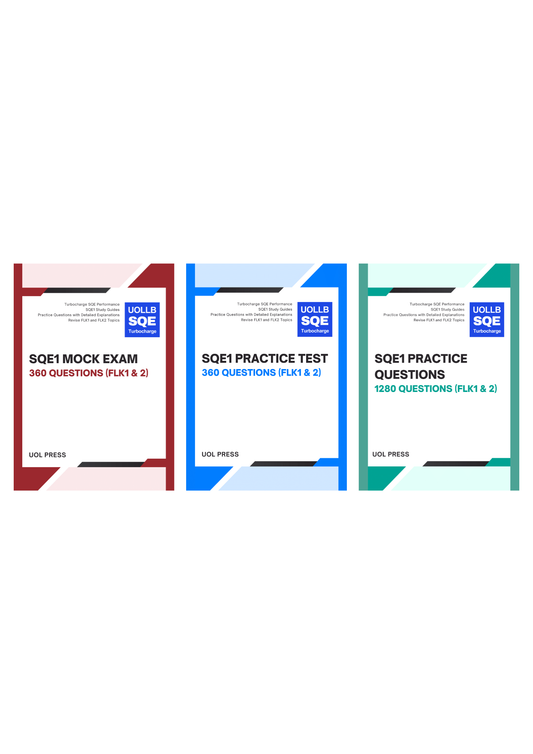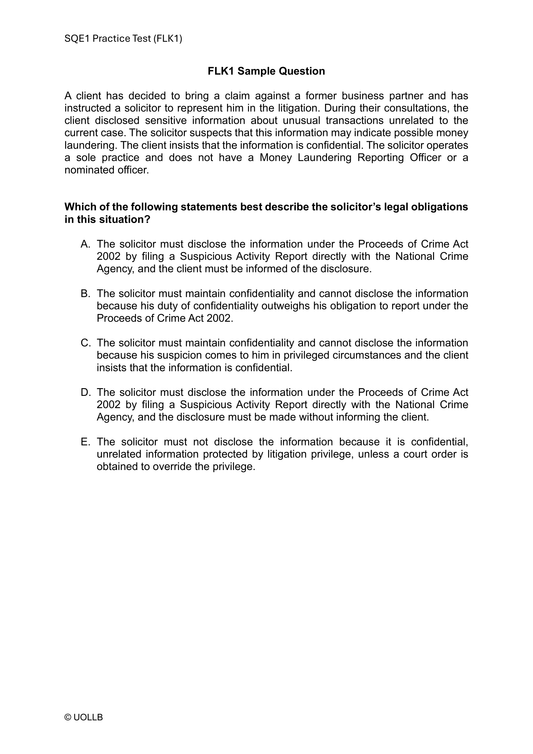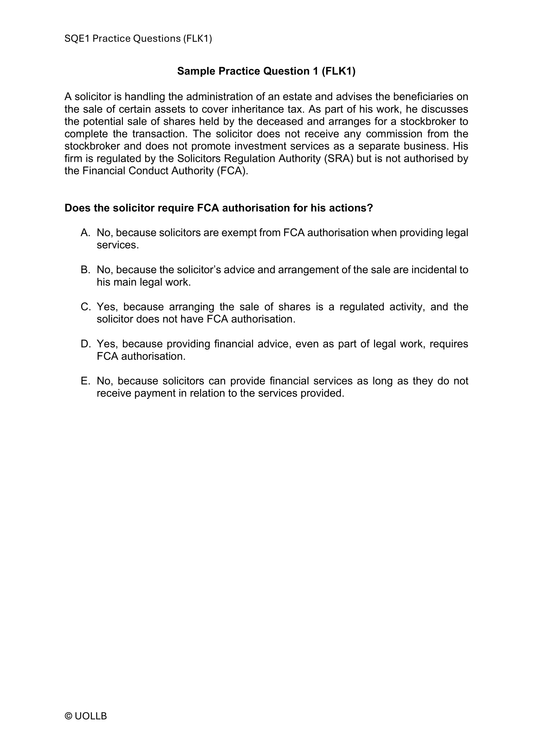Duty of Care Established in Donoghue v Stevenson
Share
Donoghue v Stevenson is a landmark case in the field of tort law, particularly in the development of the duty of care principle. This case, heard in the House of Lords in 1932, laid the foundation for the modern concept of duty of care, which is a fundamental element in negligence claims. The judgment in Donoghue v Stevenson established a precedent that has since become a cornerstone in tort law across common law jurisdictions.
The case involved a woman named May Donoghue who consumed ginger beer at a café. The ginger beer was served in an opaque bottle, and when Donoghue poured the remainder into a glass, she found a decomposed snail in it. She suffered shock and gastroenteritis as a result. The ginger beer had been manufactured by Stevenson, and Donoghue brought a case against him for negligence.
The judgment in Donoghue v Stevenson, delivered by Lord Atkin, introduced several key legal principles that have become integral to the concept of duty of care:
- Neighbour Principle: Lord Atkin's famous neighbour principle articulated that individuals must take reasonable care to avoid acts or omissions that could reasonably be foreseen to injure their neighbour. The term "neighbour" was not restricted to individuals in close proximity but extended to anyone who might be affected by one's actions.
- Duty to Take Reasonable Care: The judgment emphasised the duty to take reasonable care to avoid foreseeable harm to others. In this context, manufacturers were considered to owe a duty of care to the ultimate consumers of their products. This marked a departure from the traditional restrictive view of duty of care.
- Manufacturer's Duty of Care: Donoghue v Stevenson established that manufacturers have a duty of care to consumers, even when there is no contractual relationship between them. This concept became foundational in product liability and consumer protection law, shaping the responsibilities of manufacturers towards the end-users of their products.
- Foreseeability of Harm: The judgment highlighted the importance of foreseeability in establishing a duty of care. If harm is reasonably foreseeable, a duty of care arises, and individuals must take precautions to prevent such harm.
- Proximity and Relationship: Proximity, both physical and circumstantial, was recognised as a factor in establishing a duty of care. Additionally, the nature of the relationship between parties could influence the existence and scope of the duty.
The impact of Donoghue v Stevenson has been profound and enduring. The case revolutionised the law of negligence and laid the groundwork for the modern principles governing duty of care. Some of the lasting effects include:
- Expansion of Liability: The judgment significantly expanded the scope of liability, particularly in product liability cases, by recognising a duty of care owed by manufacturers to consumers. This has influenced the development of consumer protection laws globally.
- Foundation for Negligence Claims: Donoghue v Stevenson became the foundation for subsequent negligence claims. The principles established in this case are routinely cited and applied in various negligence cases, shaping the legal landscape.
- Consumer Rights: The case played a pivotal role in advancing consumer rights. By imposing a duty of care on manufacturers towards consumers, it contributed to the protection of consumers from defective and harmful products.
- Global Influence: The principles from Donoghue v Stevenson have transcended jurisdictional boundaries, influencing the development of tort law in various common law countries. Courts around the world have referred to this case when addressing issues related to duty of care.
Donoghue v Stevenson marked a paradigm shift in tort law, establishing principles that continue to shape legal doctrines related to duty of care and negligence. The case's enduring legacy lies in its contribution to the protection of individuals from foreseeable harm, the expansion of liability in product-related matters, and the recognition of a duty of care owed by manufacturers to consumers. As a seminal case, Donoghue v Stevenson remains a cornerstone in the evolution of tort law, influencing and guiding legal reasoning in negligence cases for nearly a century.





























































